

|
|
Aircraft
Bristol Beaufighter
During the 1930's and the lead up the outbreak of WW2, there was no provision in
the RAF's armoury for a long range fighter, a night fighter, nor a fighter
capable of being armed with cannon.
Despite no official requirement, the designers at Bristol proposed a heavily
armed twin engined fighter, with certain similarities to production Bristol
aircraft for ease of manufacture. The Air Ministry was impressed, the prototype
flew on the 17th July 1939, and deliveries started in mid 1940.

A total of 5,534 were produced and saw action until the end of the war, seeing
action on all fronts. It was ideally suited for service with Coastal Command,
being strong and capable of long range with the capability of carrying cannon,
rockets, bombs and torpedoes.
Very few survive today, but there is a nice example in the RAF Museum Hendon and
an example under construction at Duxford.
^ Top of page ^
De Havilland Mosquito
The more famous Mosquito had a similarly troubled gestation period. De Havilland
planned the Mosquito as an unarmed high speed bomber during 1938, using wooden
construction to save on hard to obtain metals. The Air Ministry was unimpressed,
suggesting De Havilland concentrated their efforts on making wings for bombers,
and only in 1940 agreed for the project to proceed.
The yellow prototype was constructed in Salisbury Hall, near Hatfield, and was
first flown on 25th November 1940. The rest is history, and with immediate
impressive results the Mosquito became famous for it's speed, range and sheer
adaptability. Banff Wing aircraft were heavily armed for anti shipping strikes,
yet as fighters could dice with Messerschmitt 109's and Focke-Wulf 190's.

7,781 aircraft were constructed, in Britain, Australia and Canada.
The yellow prototype still exists and is on display in the De Havilland Heritage
Centre. An immaculate example of the bomber
version is also on display, and next to it is a Mk VI under restoration. The Mk
VI is the fighter bomber / intruder version, as used by the Banff Wing and 2,584
were built (more than any other version) but it is a rare sight today.
^ Top of page ^
Websites for RAF
Hendon museum, De Havilland Heritage centre and Duxford can be found on the
links page.
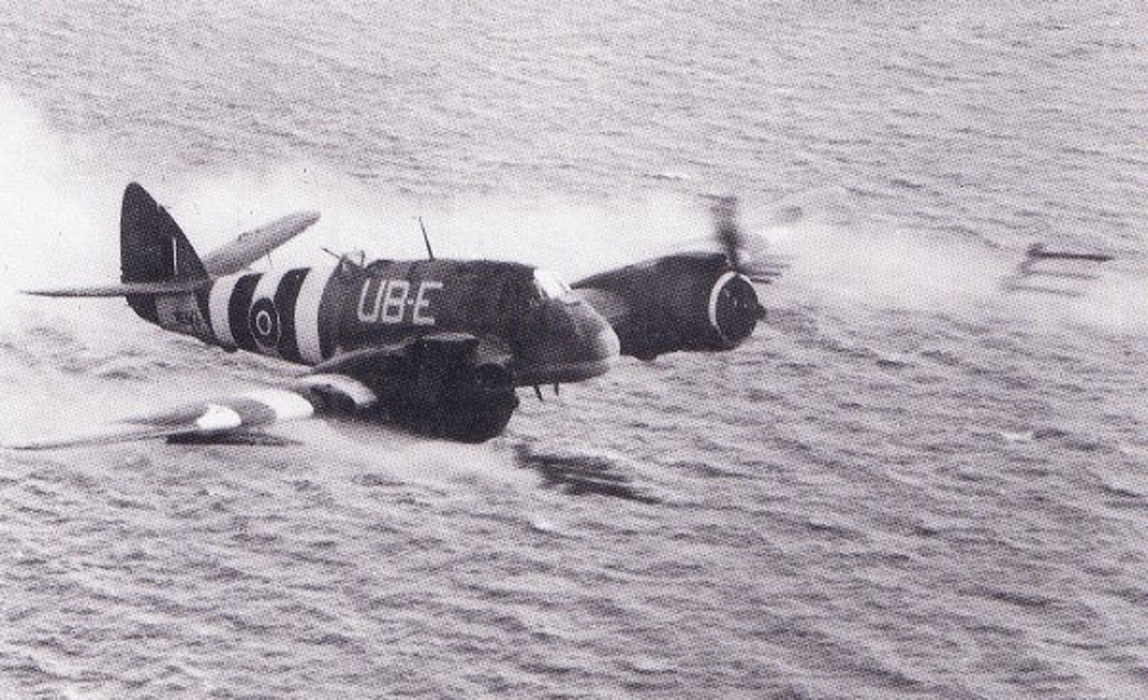 Click to expand. 
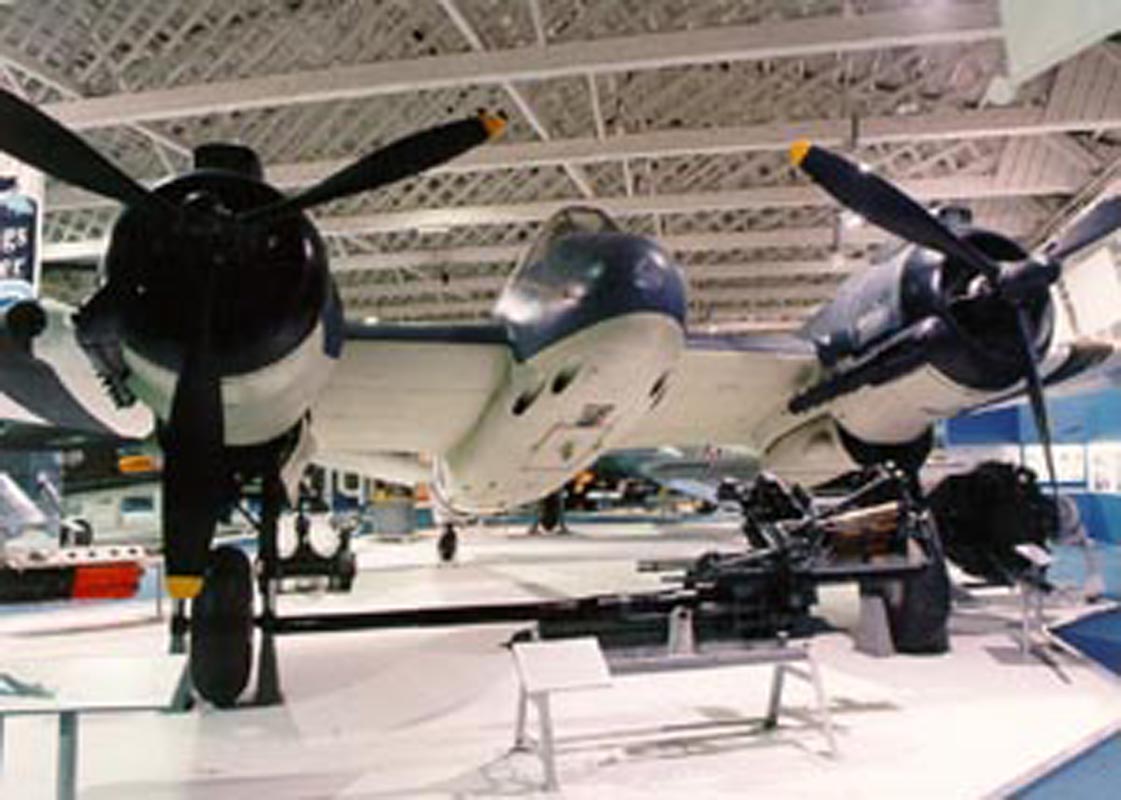 Click to expand. 
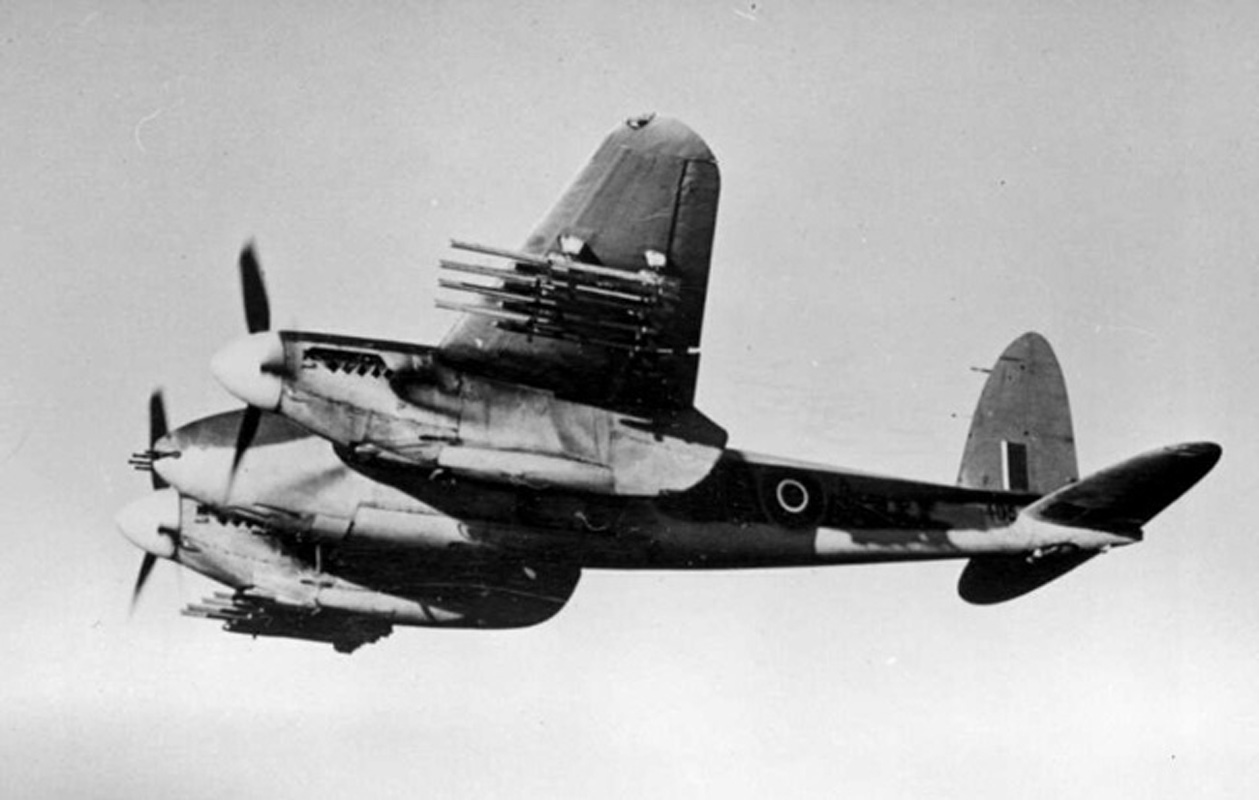 Click to expand. 
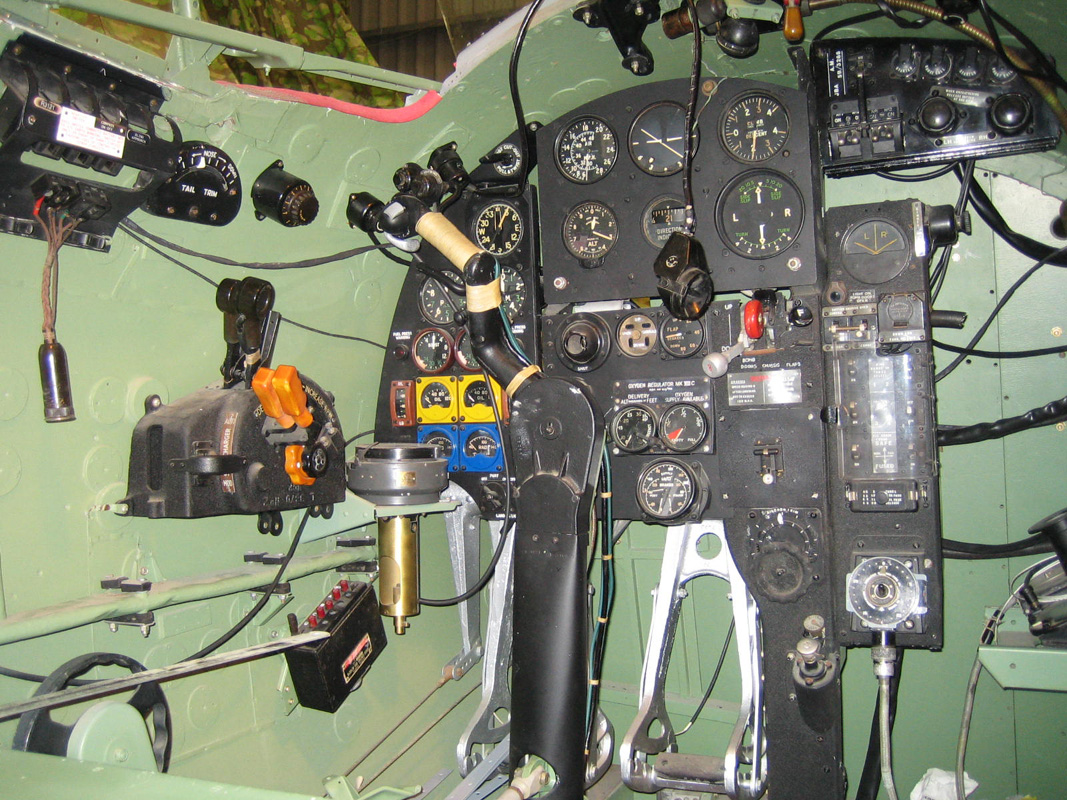 Click to expand. 
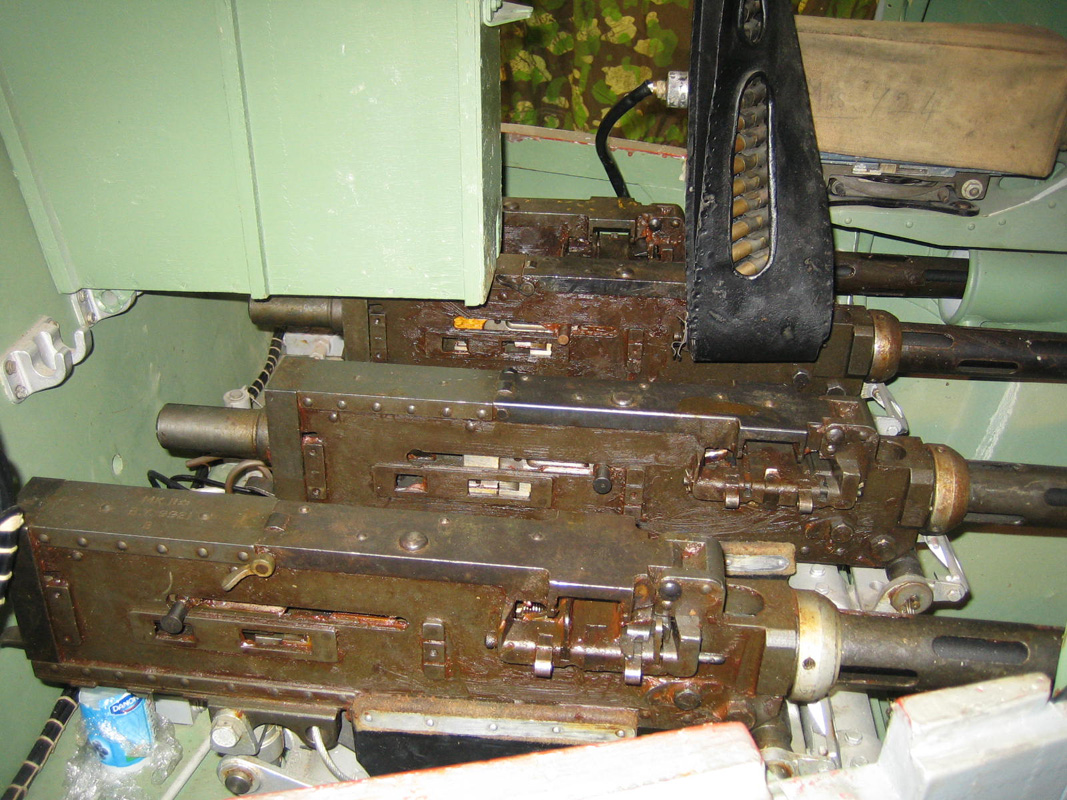 Click to expand. 
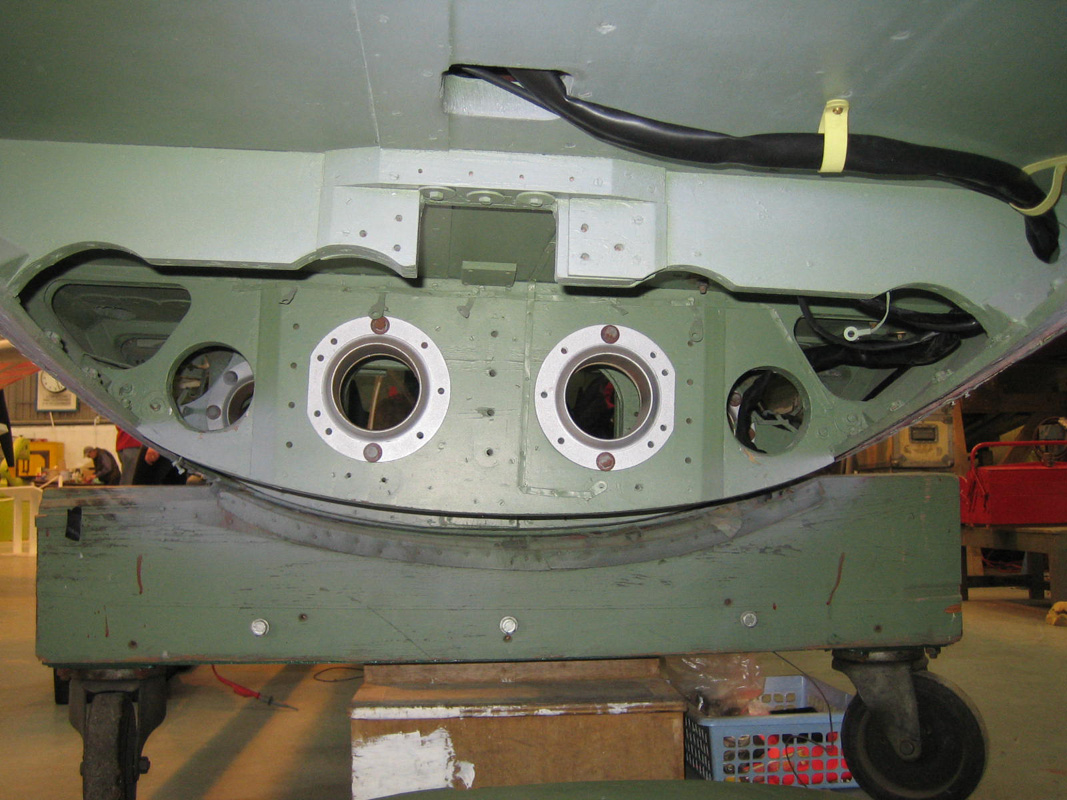 Click to expand. 
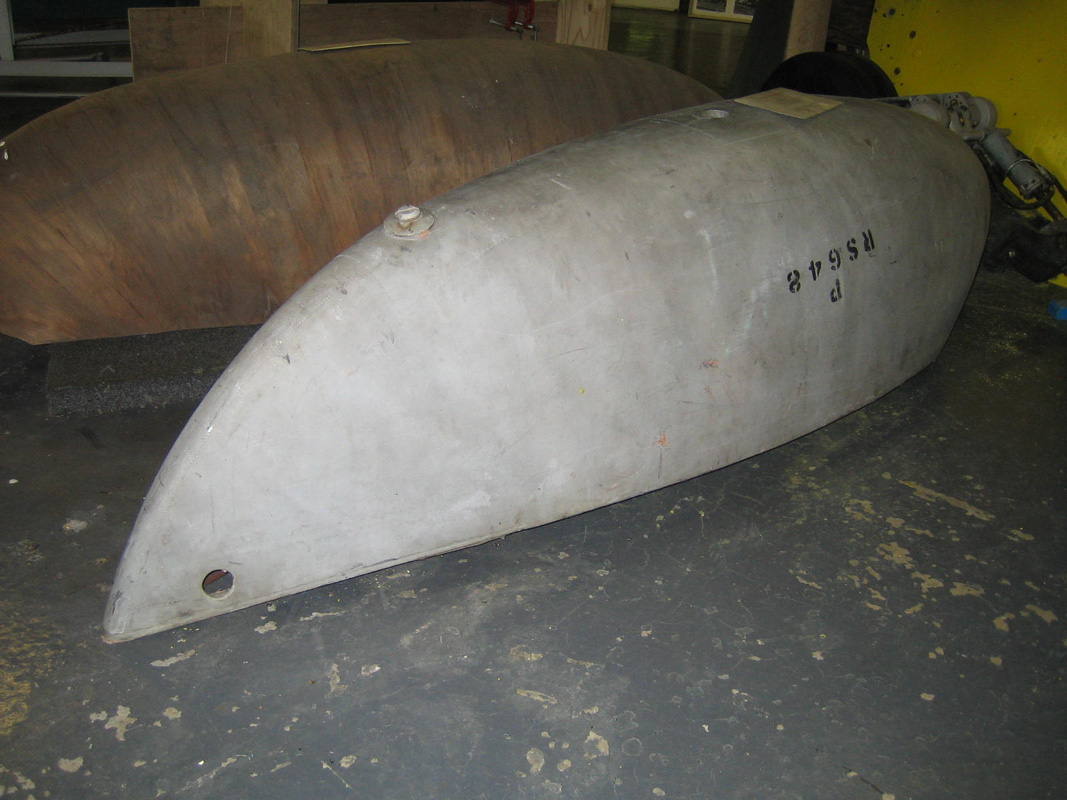 Click to expand. 
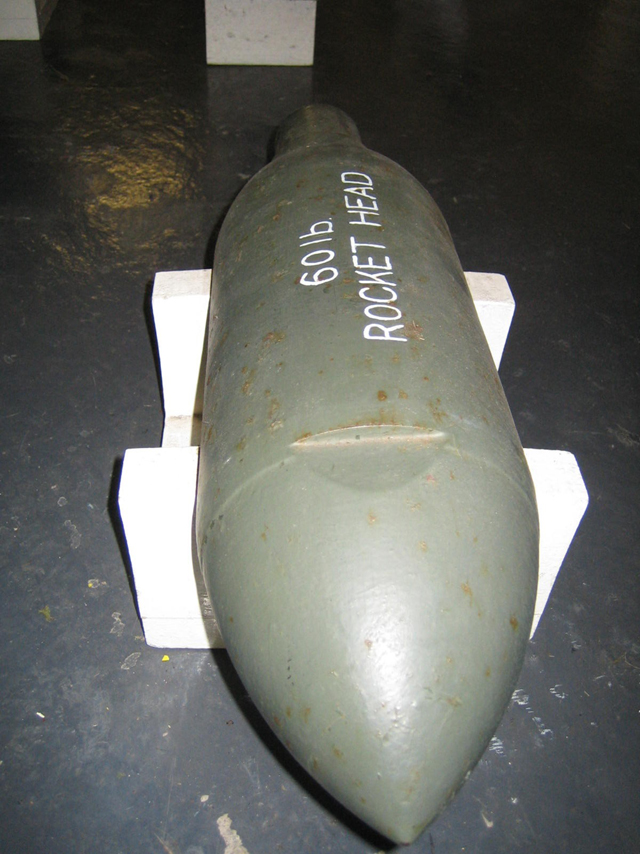 Click to expand. 
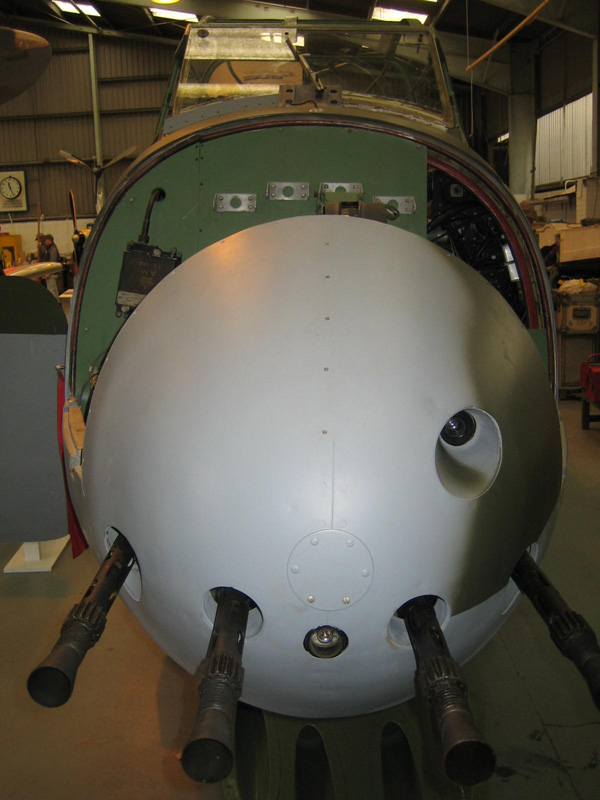 Click to expand. 
^ Top of page ^ |

